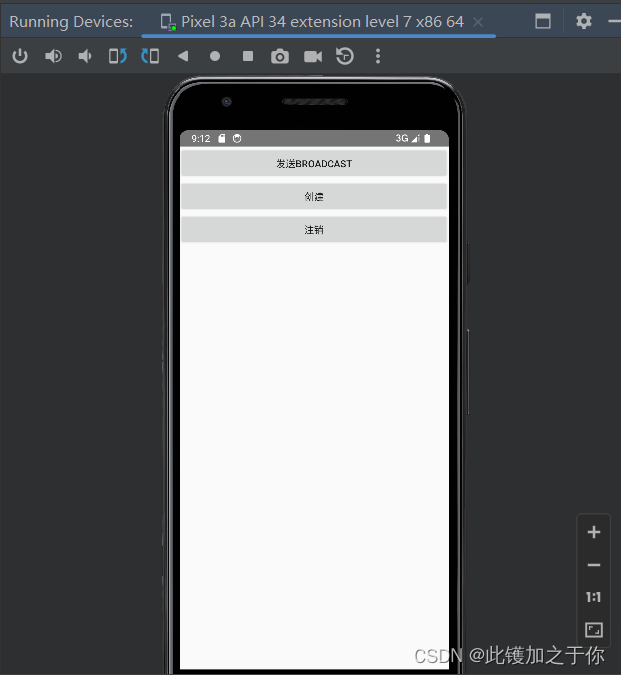
文章目录
- 准备工作
- 1.JSONObject获取所有的key
- 2.集合中实体对象转换 list中Enrey转Dto
- 3.字符串转List<BusyTimeIndicatorAlarmThreshold>
- 4.json字符串转JSONObject
- 5.list根据ids数组过滤list
- 6.json字符串转JavaBean对象
- 7.json对象转javabean
- 8.jsonObject转map
- 9.List\<User>转jsonArray
- 10.jsonArray转成String[]
- 问题:为啥使用int就判断失效,而使用Integer和String都能准确判断?
- 本人其他文章链接
准备工作
引入pom
<dependency><groupId>com.alibaba</groupId><artifactId>fastjson</artifactId><version>1.2.78</version>
</dependency><dependency><groupId>org.projectlombok</groupId><artifactId>lombok</artifactId><version>1.18.22</version></dependency>
实体bean
import lombok.AllArgsConstructor;
import lombok.Data;
import lombok.NoArgsConstructor;@Data
@AllArgsConstructor
@NoArgsConstructor
public class User {private Integer id;//姓名private String name;
}
1.JSONObject获取所有的key
技巧:
JSONObject获取key:↓JSONObject obj;for (Map.Entry<String, Object> entry : cutReceiveAlarmMessageObject.entrySet()) {String s = entry.getKey();}
2.集合中实体对象转换 list中Enrey转Dto
list中Enrey转Dto:↓List<WarningNoticeDto> warningNoticeDtoList = warningNoticeList.getInfo().getList().stream().map(this::getEntryToDto).collect(Collectors.toList());/*** entry转DTO* @param warningNotice entry* @return dto*/private WarningNoticeDto getEntryToDto(WarningNotice warningNotice) {WarningNoticeDto warningNoticeDto = new WarningNoticeDto();BeanUtils.copyProperties(warningNotice, warningNoticeDto);return warningNoticeDto;}
3.字符串转List
import com.alibaba.fastjson.TypeReference;
import com.alibaba.fastjson.JSONObject;String str = "[{"id": 5,"nodeIdArr": "[\"221\",\"222\"]","nodeNameArr": "[\"enb_221\",\"2222\"]","upperLimitOfTheBusyTimeThreshold": 9,"lowerLimitOfTheBusyTimeThreshold": 2,"dateRangeBeginTime": 1701648000000,"dateRangeEndTime": 1701682200000,"createTime": 1701676594000,"updateTime": 1701737385000,"activeState": "1"},{"id": 6,"nodeIdArr": "[\"2003\",\"501\",\"10010\"]","nodeNameArr": "[\"CityA\",\"501\",\"Vir1\"]","upperLimitOfTheBusyTimeThreshold": 9,"lowerLimitOfTheBusyTimeThreshold": 2,"dateRangeBeginTime": 1701648000000,"dateRangeEndTime": 1701682200000,"createTime": 1701676641000,"updateTime": 1701737382000,"activeState": "1"}]"
List<BusyTimeIndicatorAlarmThreshold> busyTimeIndicatorAlarmThresholdList = new ArrayList<>();
busyTimeIndicatorAlarmThresholdList = JSONObject.parseObject(str, new TypeReference<List<BusyTimeIndicatorAlarmThreshold>>() {});
方式一、List busyTimeIndicatorAlarmThresholdList = new ArrayList<>();
busyTimeIndicatorAlarmThresholdList = JSONObject.parseObject(str, new TypeReference<List>() {});
方式二、List userList = JSONArray.parseArray(str, User.class);
4.json字符串转JSONObject
@Test
public void jsonStrConverJSONObject(){String str = "{\"id\":1,\"name\":\"tom\"}";JSONObject jsonObject = JSONObject.parseObject(str);System.out.println(jsonObject);
}
输出:{“name”:“tom”,“id”:1}
5.list根据ids数组过滤list
@Test
public void listFilter() {List<User> list = new ArrayList<>();list.add(new User(1, "a"));list.add(new User(2, "b"));list.add(new User(3, "c"));list.add(new User(4, "d"));list.add(new User(5, "e"));list.add(new User(6, "f"));list.add(new User(7, "g"));list.add(new User(8, "h"));list.add(new User(9, "i"));list.add(new User(10, "j"));//注意:数组类型必须使用Integer才可以,使用int会判断失败Integer[] arr = new Integer[]{1,2,5,6,9};List<User> filterList = list.stream().filter(item -> Arrays.asList(arr).contains(item.getId())).collect(Collectors.toList());filterList.stream().forEach(System.out::println);
}
6.json字符串转JavaBean对象
@Test
public void jsonStrConverBean(){String str = "{\"id\":1,\"name\":\"tom\"}";User user = JSONObject.parseObject(str, User.class);System.out.println(user);
}
输出:User(id=1, name=tom)
7.json对象转javabean
@Test
public void JSONObjectConverBean(){JSONObject jsonObject = new JSONObject();jsonObject.put("id", 1);jsonObject.put("name", "tom");User user = JSONObject.toJavaObject(jsonObject, User.class);System.out.println(user);
}
输出:User(id=1, name=tom)
8.jsonObject转map
@Test
public void JSONObjectConverMap(){JSONObject jsonObject = new JSONObject();jsonObject.put("id", 1);jsonObject.put("name", "tom");Map<String,String> map = JSONObject.parseObject(jsonObject.toJSONString(), Map.class);System.out.println(map);
}
输出:{name=tom, id=1}
9.List<User>转jsonArray
@Test
public void listConverjJsonArray(){List<User> list = new ArrayList<>();list.add(new User(1, "a"));list.add(new User(2, "b"));//错误写法,因为list.toString()输出[User(id=1, name=a), User(id=2, name=b)]。这东西无法json解析,会报错:com.alibaba.fastjson.JSONException: syntax error, pos 2, line 1, column 3[User(id=1, name=a), User(id=2, name=b)]// JSONArray jsonArray =JSONArray.parseArray(list.toString());//正确写法,简写方式JSONArray jsonArray =JSONArray.parseArray(JSONObject.toJSONString(list));//正确写法,复杂方式// JSONArray jsonArray = new JSONArray();// JSONObject jsonObject = null;// for (User user: list) {// jsonObject = new JSONObject();// jsonObject.put("id", user.getId());// jsonObject.put("name", user.getName());// jsonArray.add(jsonObject);// }System.out.println(jsonArray);
}
10.jsonArray转成String[]
@Test
public void jsonArrayConverStringArray(){JSONArray jsonArray = new JSONArray();jsonArray.add(0, "100");jsonArray.add(1, "101");jsonArray.add(2, "102");System.out.println("jsonArray:" + jsonArray);String[] stringArr = new String[jsonArray.size()];for (int i = 0; i < jsonArray.size(); i++) {stringArr[i] = jsonArray.get(i).toString();}for(String str : stringArr) {System.out.println(str);}
}
问题:为啥使用int就判断失效,而使用Integer和String都能准确判断?
/*** 问题:为啥使用int就判断失效,而使用Integer和String都能准确判断?* 答案:不能将基本数据类型转化为List列表。
*/
@Test
public void test1() {int[] arr = new int[]{1,2,5,6,9};System.out.println(Arrays.asList(arr).contains(1)); //结果为falseInteger[] arr2 = new Integer[]{1,2,5,6,9};System.out.println(Arrays.asList(arr2).contains(1)); //结果为trueString[] arr3 = new String[]{"1","2","5","6","9"};System.out.println(Arrays.asList(arr3).contains("1")); //结果为true//验证答案如下,把arr、arr2、arr3分别返回查看返回泛型,能够看出Arrays.asList(arr)返回的居然是List<int[]>,问题就出在这,说明list里面包含的是一个个的int[],用这个判断ints.contains(1),肯定为falseList<int[]> ints = Arrays.asList(arr);List<Integer> integers = Arrays.asList(arr2);List<String> strings = Arrays.asList(arr3);
}
本人其他文章链接
1.java小工具util系列1:日期毫秒数转日期字符串
https://blog.csdn.net/a924382407/article/details/121955349
2.java小工具util系列2:获取字符modelStr在字符串str中第count次出现时的下标
https://blog.csdn.net/a924382407/article/details/121955455
3.java小工具util系列3:正则表达式匹配:匹配不包含@特殊字符的字符串
https://blog.csdn.net/a924382407/article/details/121955737
4.java小工具util系列4:String[] 转 List< Integer >
https://blog.csdn.net/a924382407/article/details/121956201
5.java小工具util系列5:基础工具代码(Msg、PageResult、Response、常量、枚举)
https://blog.csdn.net/a924382407/article/details/120952865
6.java小工具util系列6:java执行string返回boolean结果
https://blog.csdn.net/a924382407/article/details/117124536
7.java小工具util系列7:集合中实体对象转换 list中Enrey转Dto
https://blog.csdn.net/a924382407/article/details/121957545
8.java小工具util系列8:JSONObject获取key
https://blog.csdn.net/a924382407/article/details/121957607
9.java小工具util系列9:检测一个字符串是否是时间格式
https://blog.csdn.net/a924382407/article/details/123948881
10.java小工具util系列10:时间毫秒数、时间格式字符串、日期之间相互转化
https://blog.csdn.net/a924382407/article/details/124581851
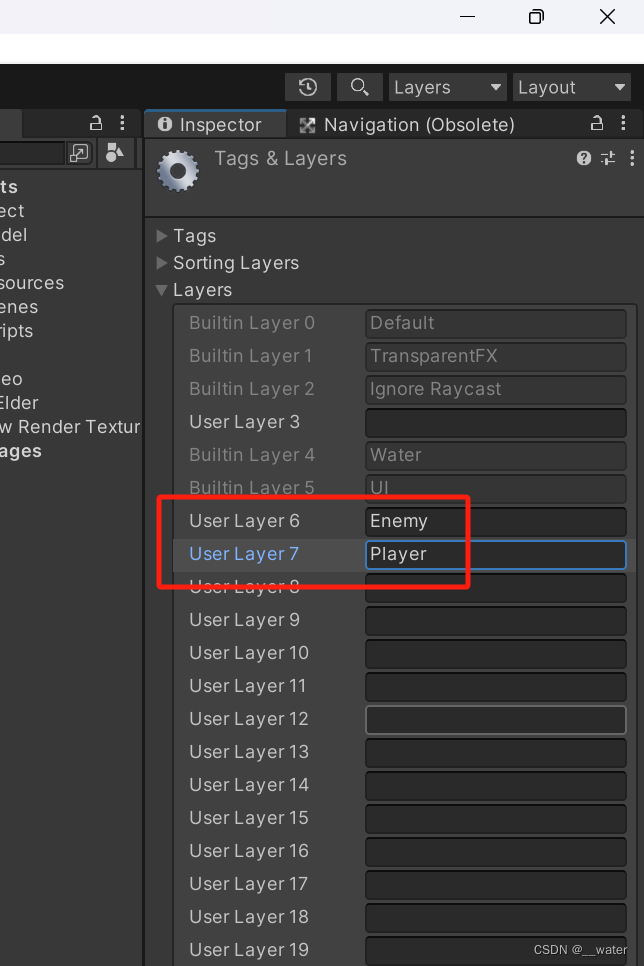
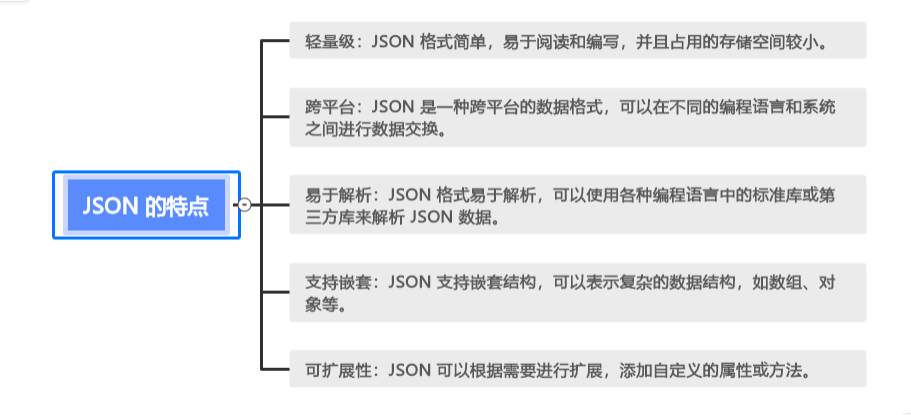


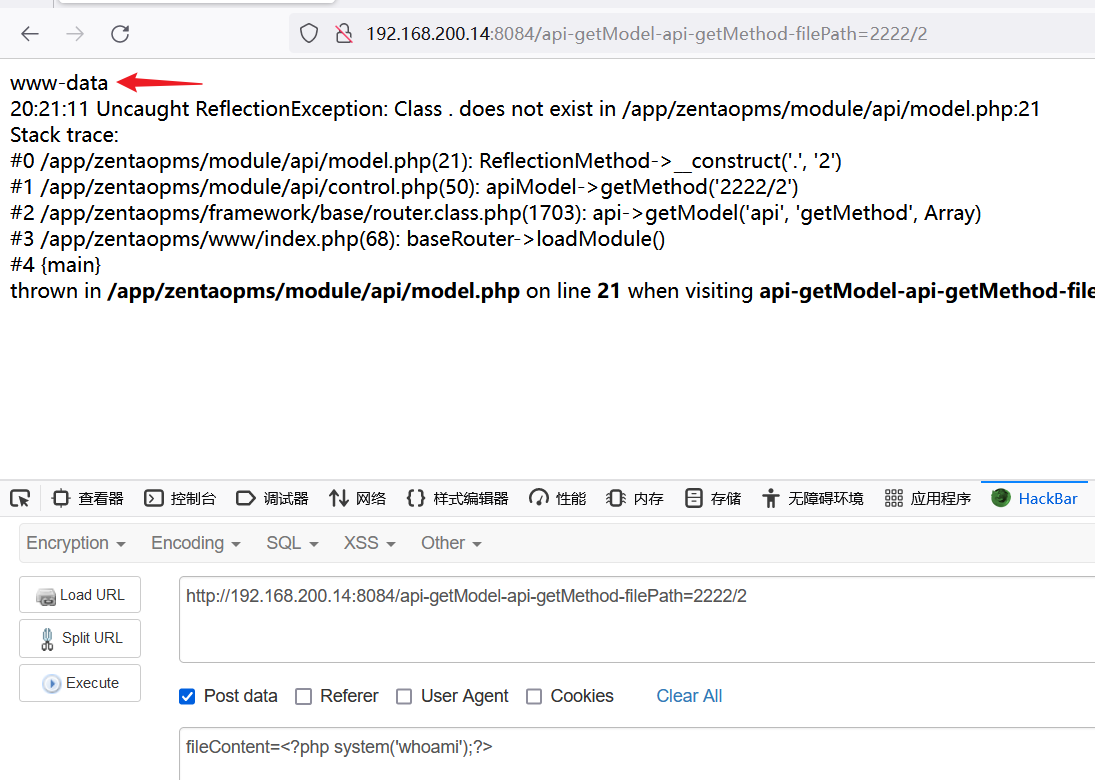

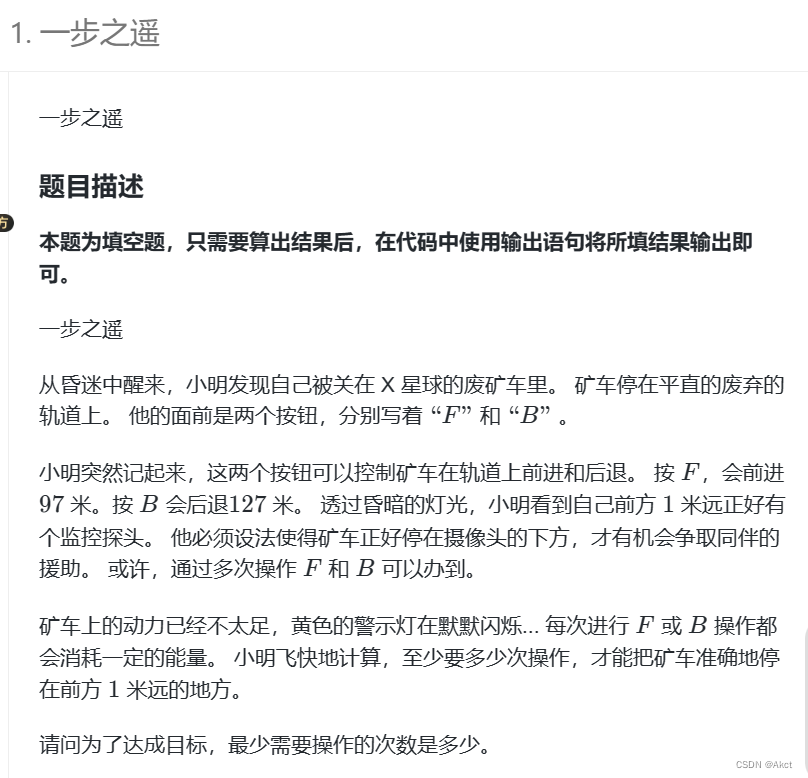


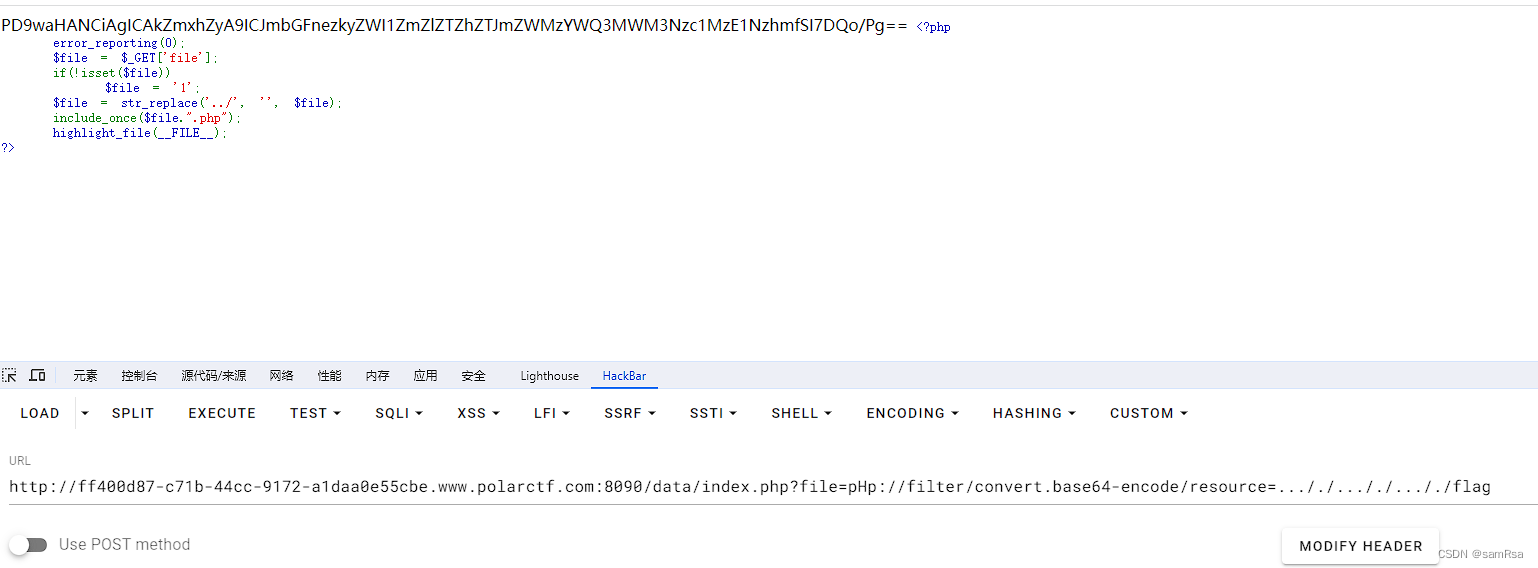
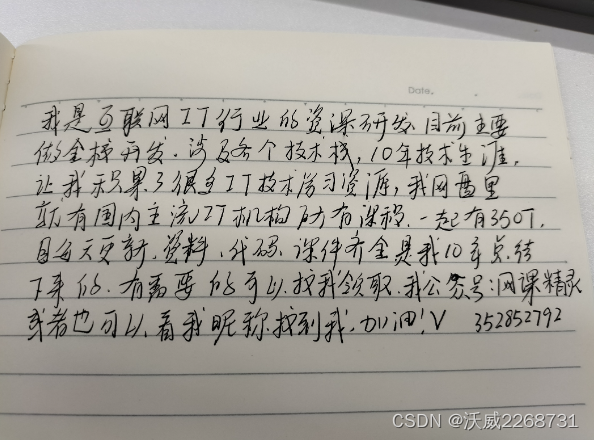


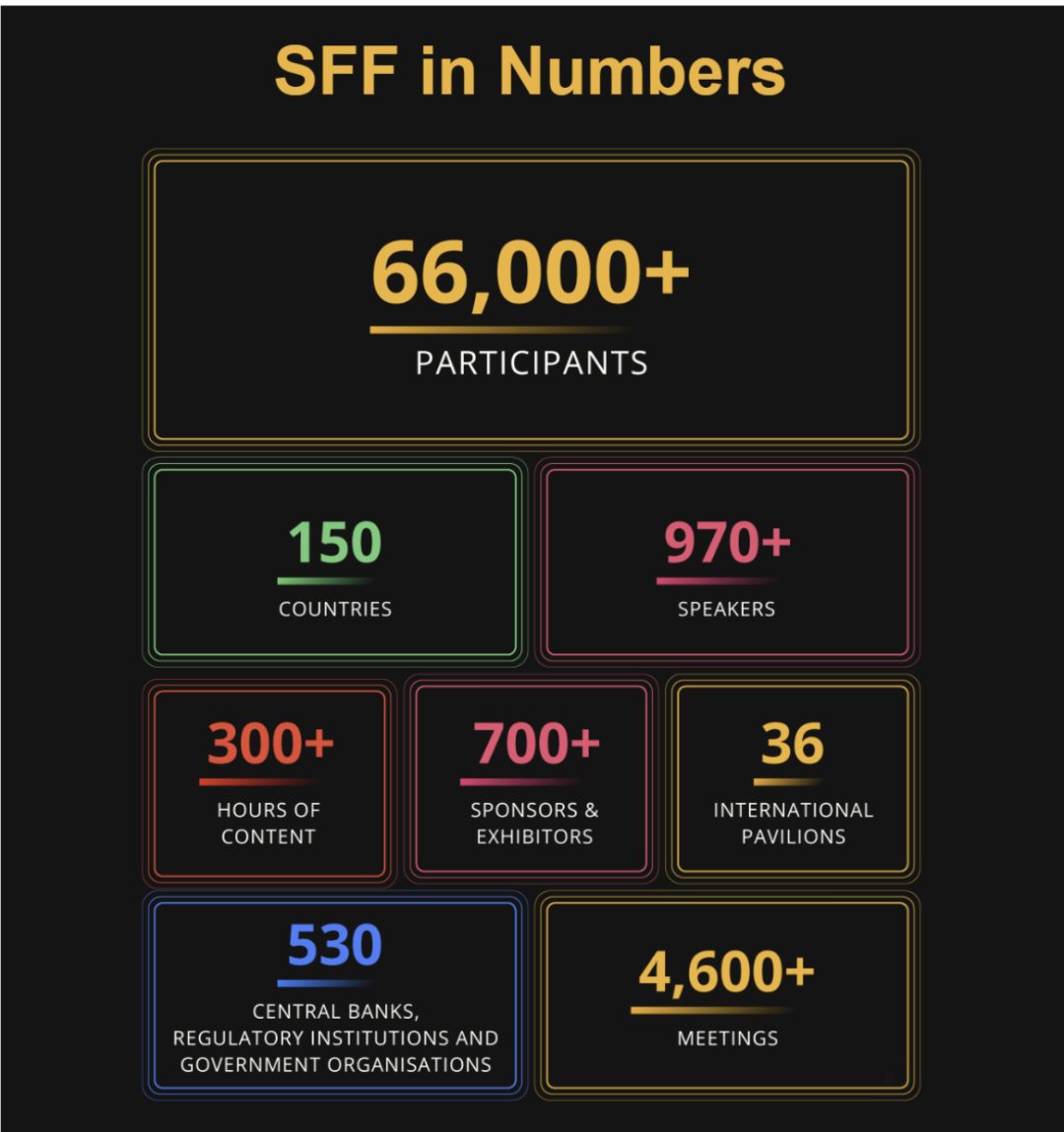
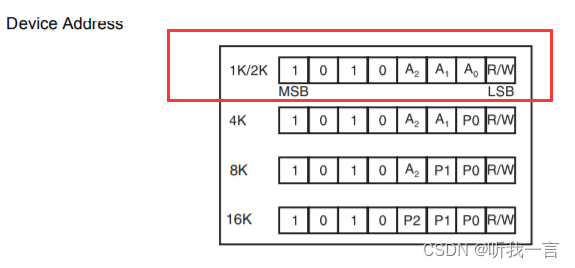

![[跑代码-遇到问题-报错3]BK-SDM. KeyError: ‘up_blocks.0‘](https://img-blog.csdnimg.cn/direct/4d6f9d4758ff48ee90508e40273c4e08.png)
